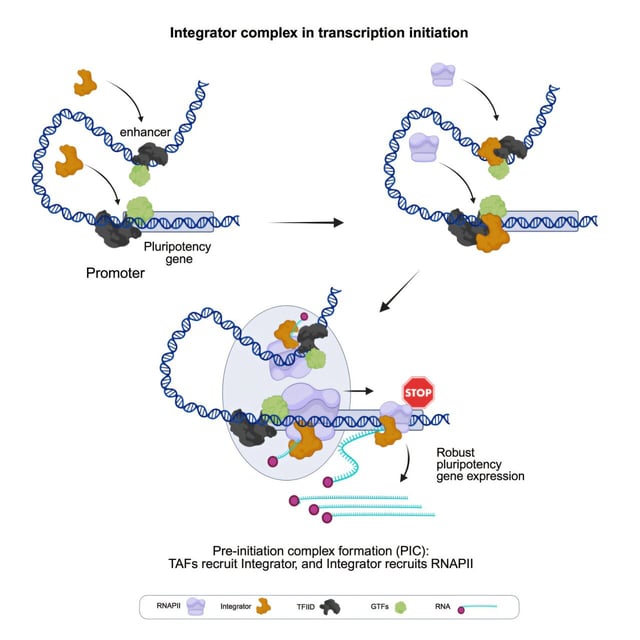Overview
- The 12-hour rPRO-seq method requires only 5,000 cells and provides real-time profiling of nascent RNA, addressing traditional methods’ multi-day, high-input bottleneck.
- A Molecular Cell paper published August 7 shows INTS11 binds and regulates critical genes as early as day two of embryonic development to sustain stem cell pluripotency.
- Using neuronal differentiation models, researchers demonstrated that loss of INTS11 deactivates genes essential for preventing neurodevelopmental and psychiatric disorders.
- rPRO-seq delivers mechanistic insights into transcription initiation by revealing when and how genes are activated rather than measuring steady-state RNA levels.
- The team is preparing to apply rPRO-seq to diverse patient biopsies to validate its diagnostic and prognostic potential and uncover novel unstable RNA biomarkers.


